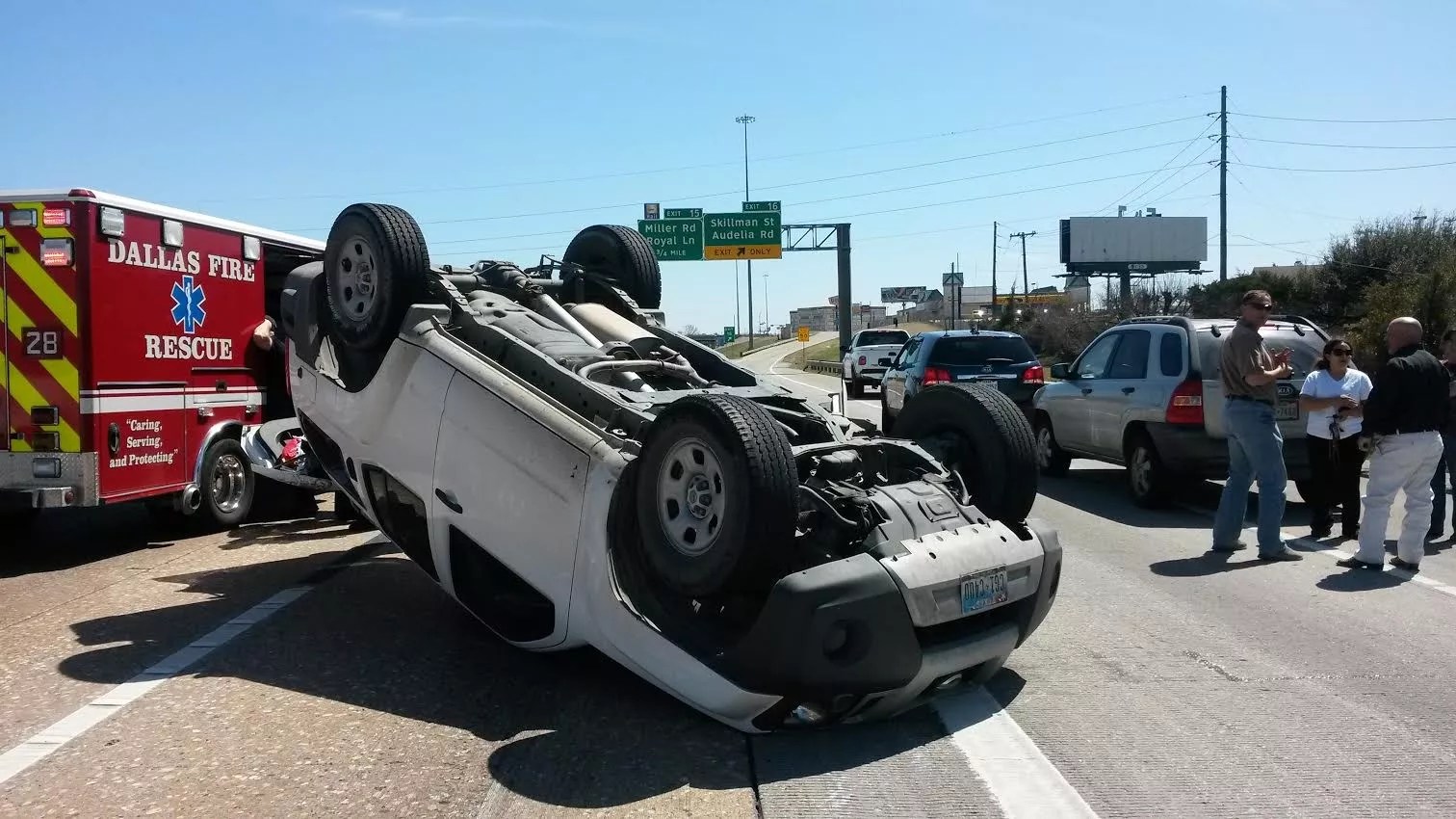
Nikki Williams

Audio By Carbonatix
The traffic death toll in Dallas has kept pace with prior years despite local and statewide initiatives to make roads safer.
According to a report from NBC 5, 207 people have died in traffic accidents on Dallas roads in 2024. Traffic fatalities have increased slightly from last year, when 205 people were killed. Earlier this year, Forbes named North Texas drivers the worst in the state. Both Texas and Dallas have a higher rate of fatal car crashes than the national average. There was not a single day in Texas without a traffic-related fatality in 2023.
Frequent speed traps along heavy traffic corridors are typically viewed as one of the natural solutions to the problem. The presence of speed traps can create a phenomenon known as the “halo effect.” Drivers slow down when they see a police vehicle and maintain a reduced speed for a short period, but the city doesn’t have the manpower to effectively layer speed traps.
“Police presence, as a whole, will assist in encouraging drivers to follow all traffic laws and to drive in a safe and courteous manner,” Dallas Police Information Officer Michael Dennis, said in an email.
Increasing police presence has been a hot topic in public safety, especially in Dallas as of late. The recent passage of Proposition U requires the city to maintain a police force of 4,000 officers, but Dallas has never had a force nearly that large. Instead, the force has witnessed considerable ebbs and flows throughout the past 10 years, culminating in the current shortage. The city, without a permanent police chief, is now tasked to find around 900 additional officers to meet the new minimum.
Even if the police force did grow, it may not reduce unsafe driving habits. Researchers in Florida found that increased police presence on roads does little to improve driving conditions. The study used citations and warning data to assess the effects of law enforcement presence, frequency and duration on vehicle speeds.
“The research findings demonstrate that the effects of police presence and number of citations and warnings on vehicle speeds were instantaneous, but no lasting impact of police presence was observed,” the study said.
Another method to address Dallas’ well-cataloged need for speed is the use of speed cameras. A law passed in 2019 bans cameras that take pictures of drivers speeding to use for mailed tickets. However, the Dallas Police Department is advocating to reintroduce speed cameras and has identified it as a priority ahead of the 2025 legislative session.
To reduce the number of fatalities on Dallas roads, the city launched Vision Zero Dallas in 2019, a strategic plan intended to eliminate traffic-related deaths. The plan, backed by Mayor Eric Johnson, is “based on the belief that no loss of life is acceptable and that all traffic fatalities and severe injuries are preventable.” The plan’s aim has been to reduce speeds, prioritize pedestrian and bicyclist safety and focus on equity. To achieve these goals, the Vision Zero Dallas relies on increased police presence and speed limit enforcement, enhanced education among pedestrians and creation of “a culture of safety.”
As noted earlier, however, increased police presence anywhere in Dallas for any purpose is tough to come by these days.
“There’s not one solution, it will take all of us working together to save lives on Texas roads,” Adam Hammons, a Texas Department of Transportation (TxDOT) representative, wrote in an email “TxDOT can engineer safety solutions and educate drivers, law enforcement can enforce the laws, but it’s up to drivers as well to make safe decisions on the road.”
Vision Zero is a national movement with 53 participating cities. Since 2022, the plan in Dallas has garnered over $3 million in general funds, and the 2024 city budget allocated another $12.5 million to the program. Despite good intentions, the program has been largely ineffective since it was adopted.
“Other cities are also struggling with this process,” Gus Khankarli, Dallas transportation director, told The Dallas Morning News in April. “It’s a major challenge as cities try to implement the Vision Zero concept.”
Traffic fatalities across the state decreased between 2022 and 2023. Still, the state is responding to its uniquely high fatal car crash rate by launching a brand new marketing initiative, Drive Like a Texan. The new plan, from TxDOT, uses roadside messaging to encourage camaraderie among Texas drivers. The plan will utilize social media, websites, television and billboards to spread a “unifying message”.
“We want a fresh, heartfelt approach to how we talk about road safety,” said TxDOT Deputy Executive Director Brandye Hendrickson in a press release. “It doesn’t matter how long you’ve lived here, or where you’re from. All that really matters is that you embrace those values that represent the best of Texas. The message is simple: take pride in how we treat each other on and off the road.”